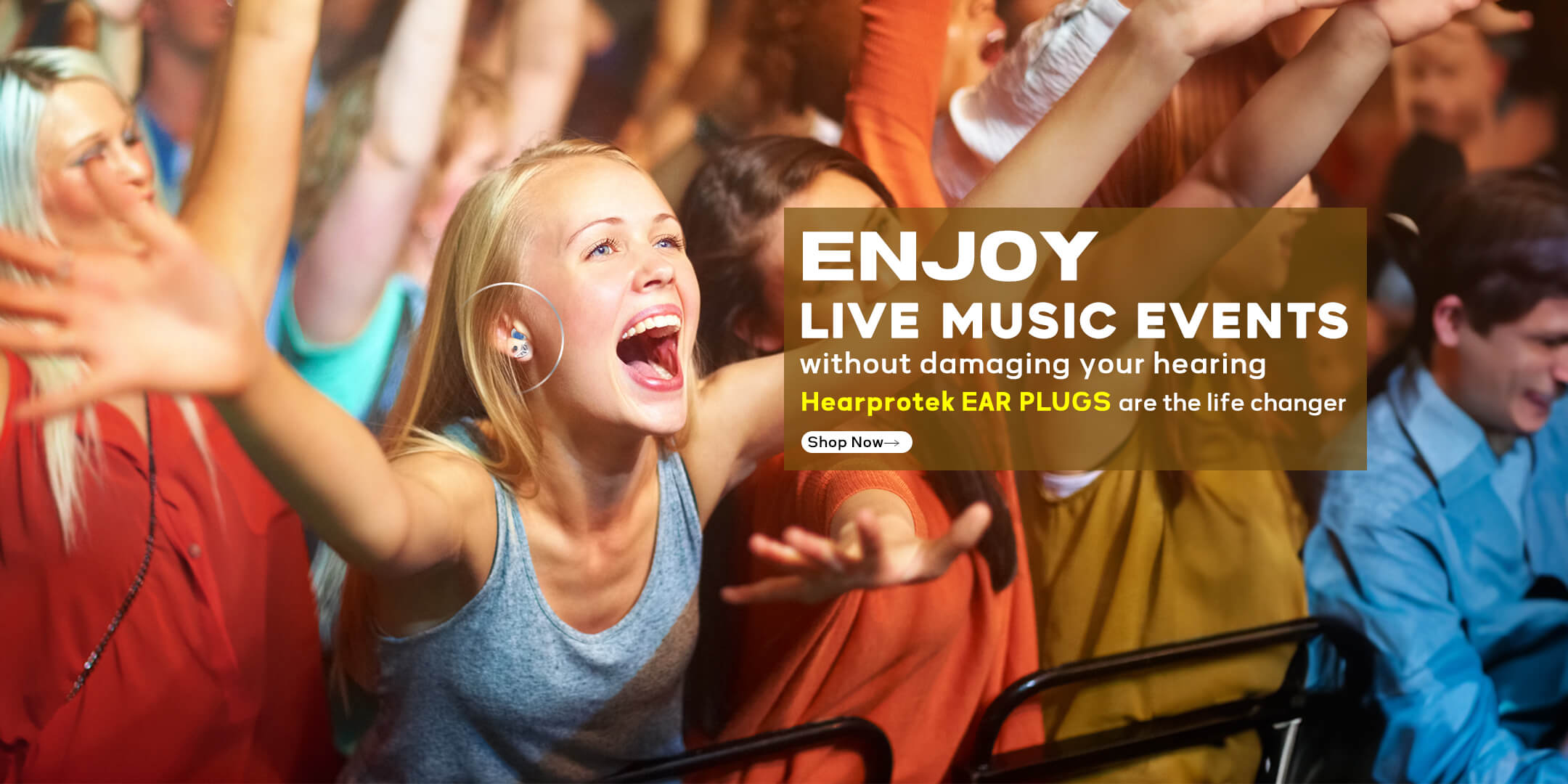The Importance of Protecting Your Hearing
Noise-induced hearing loss (NIHL) is a prevalent and preventable condition that affects millions of people worldwide. It occurs when excessive noise damages the delicate structures of the inner ear, leading to permanent hearing loss. The World Health Organization estimates that 1.1 billion young people are at risk of developing NIHL due to exposure to loud sounds in recreational settings, such as concerts and nightclubs.
Raising awareness about NIHL is crucial to ensure that individuals take the necessary precautions to protect their hearing. One effective measure in preventing NIHL is the use of ear plugs. These small devices are designed to reduce the intensity of sound entering the ear, thereby minimizing the risk of damage to the auditory system.
The Role of Ear Plugs in Preventing Noise-Induced Hearing Loss
Ear plugs act as a physical barrier between the external noise and the delicate structures of the inner ear. They work by attenuating the sound waves before they reach the eardrum, reducing the overall sound level and protecting the hearing. By wearing ear plugs in noisy environments, individuals can significantly reduce their risk of developing NIHL.
There are various types of ear plugs available, including foam, silicone, and custom-molded plugs. Foam ear plugs are affordable and widely accessible, making them a popular choice for many. They are designed to expand and conform to the shape of the ear canal, providing a snug fit and effective noise reduction. Silicone ear plugs are reusable and offer a more comfortable fit, making them suitable for long-term use. Custom-molded ear plugs, on the other hand, are individually crafted to fit the unique contours of the wearer's ears, providing maximum comfort and protection.
When and Where to Use Ear Plugs
Ear plugs should be used in any environment where the noise level exceeds safe limits. This includes workplaces with loud machinery, construction sites, music concerts, sporting events, and even recreational activities such as shooting or motorcycling. It is important to note that prolonged exposure to noise levels above 85 decibels can cause irreversible hearing damage, so it is essential to wear ear plugs in these situations.
Additionally, it is crucial to educate individuals about the potential risks of recreational activities that involve loud noises. For example, attending a rock concert without hearing protection can expose individuals to sound levels exceeding 100 decibels, which can lead to immediate and long-term hearing damage. By promoting the use of ear plugs in these settings, we can raise awareness about the importance of protecting one's hearing.
Conclusion
Raising awareness about noise-induced hearing loss and the role of ear plugs in prevention is vital to safeguarding the hearing health of individuals worldwide. By understanding the risks associated with excessive noise exposure and taking proactive measures such as wearing ear plugs, we can significantly reduce the incidence of NIHL. Remember, prevention is always better than cure, and protecting your hearing is a lifelong commitment.
